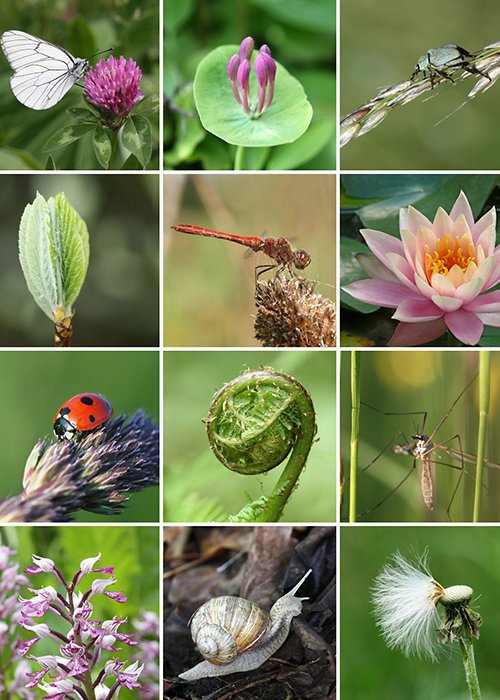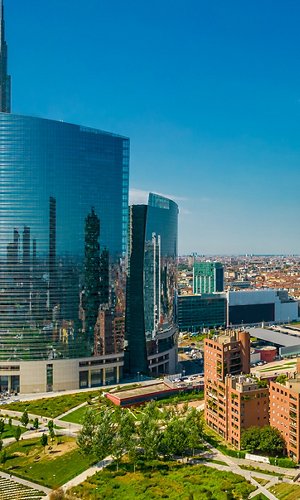A team of American and French researchers recently published the most detailed study ever made of species extinction over the past 500 years. The data they collected has provided evidence that we are indeed experiencing the sixth mass extinction. In fact, during the period in question extinction has been the fate for 7.5-13% of the 2 million known species. We know that since it appeared and spread on Earth, biodiversity has already faced no less than five mass extinctions, all of which were due to natural causes. However, the causes of the sixth mass extinction lie with humans and their activities.
Although there is strong evidence to suggest that we are in the midst of a biodiversity crisis, it is not yet fully accepted that this amounts to a sixth mass extinction. This is often due to the fact that, based on the IUCN Red List data, researchers claim that the current species extinction rate is no different from the background extinction rate. However, the Red List does have some gaps in the extinction data; in fact, it focuses almost entirely on mammals and birds and little on invertebrates, which of course make up the vast majority of biodiversity.
The inclusion of invertebrates by the researchers led to the conclusion that the current extinction rate far exceeds the background rate and that we may indeed be witnessing the beginning of the sixth mass extinction. Sponges, corals, worms, snails, spiders and millipedes are the animals that have enabled scientists to clear up some of the doubts. Although complex, integrating an estimate of the invertebrate species that have become extinct in recent centuries has been crucial. In fact, invertebrates make up 97% of the planet’s animal species, and any estimate that ignores them is likely to be grossly misleading. The sixth mass extinction curve has not proved to be the same everywhere and for all species. In general, marine species are less threatened than terrestrial species, and among the latter, plants fare better than animals. The living creatures most at risk are those that inhabit islands.




